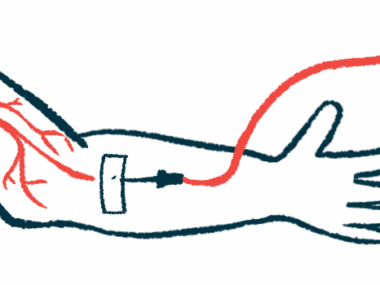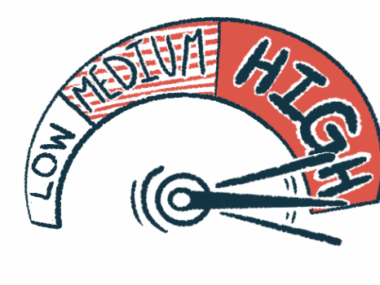Study in Japan shows AAV relapses more frequent in summer
Previous research focused on new-onset cases of the disease
Written by |

ANCA-associated vasculitis (AAV) relapses occur more frequently during the summer and spring, particularly for people with granulomatosis with polyangiitis (GPA) or with anti-proteinase 3 (PR3) antibodies, a study in Japan reports.
More frequent nasal infections caused by the bacterium Staphylococcus aureus during the summer in Japan may trigger inflammation and relapse in people with GPA, a type of AAV that can affect the upper respiratory tract (nose, trachea, and ears), according to a research letter titled ”Seasonal Effects on Relapse of Antineutrophil Cytoplasmic Antibody–Associated Vasculitis: A Retrospective Multicenter Cohort Study in Japan (J-CANVAS) published in The Journal of Rheumatology.
AAV is a group of autoimmune diseases marked by inflammation and damage to small blood vessels. In the disease, self-reactive antibodies are produced that mainly target PR3 or the myeloperoxidase (MPO) protein on neutrophils, a type of immune cell.
Research has shown that new AAV cases in Japan are influenced by seasonal changes and are less frequent in the autumn. “However, because the study focused on new-onset AAV, the environmental effects on AAV recurrence remain unclear,” wrote the researchers who analyzed 101 patients with AAV at 24 institutions, registered in the Japan Collaborative Registry of ANCA-Associated Vasculitis (J-CANVAS) study. All had a major AAV relapse, meaning an organ and/or life-threatening condition due to AAV, between 2017 and 2019.
Summer relapses with ANCA-associated vasculitis
Most patients were women. Forty-three had microscopic polyangiitis (MPA), 39 had GPA, and 19 had eosinophilic granulomatosis with polyangiitis (EGPA). The three disease subtypes are defined according to specific symptoms and lab findings. The mean age was 73 for people with MPA, 64 for those with GPA, and 60.7 years for those diagnosed with EGPA.
Almost all the patients with MPA (97.7%) had anti-MPO antibodies, a larger proportion than with GPA (30.8%) and EGPA (42.1%). PR3-ANCA antibodies were found in 2.3% of those with MPA, 64.1% of GPA patients, and 5.3% of those with EGPA.
Summer was the season with the highest percentage of relapses (41.6%), followed by spring (21.8%). A similar percentage of patients had relapses during the autumn and winter (17.8% and 18.8%). Only those with GPA showed significant seasonality regarding their relapses, however.
Similar findings were observed in participants with anti-PR3 antibodies, but not in those with anti-MPO antibodies. Regarding the triggering factors for AAV relapse, the proportion of AAV-associated antibodies didn’t differ between smokers and nonsmokers, nor between those living in rural or urban areas.
“Our results suggest that AAV relapse is influenced by seasonal variations and was frequently observed in the summer, particularly in patients with GPA or PR3-ANCA,” the researchers wrote.
Prior research reported that vitamin D deficiency during the autumn and winter may lead to higher ANCA antibodies, resulting in a relapse within six months. This seems to have been confirmed by the higher relapse rates in the spring and summer in patients with PR3-ANCA taking part in the present study.
The lack of information on antibody levels and the limited number of participants with EGPA and MPO-ANCA were noted as limitations of the study.






